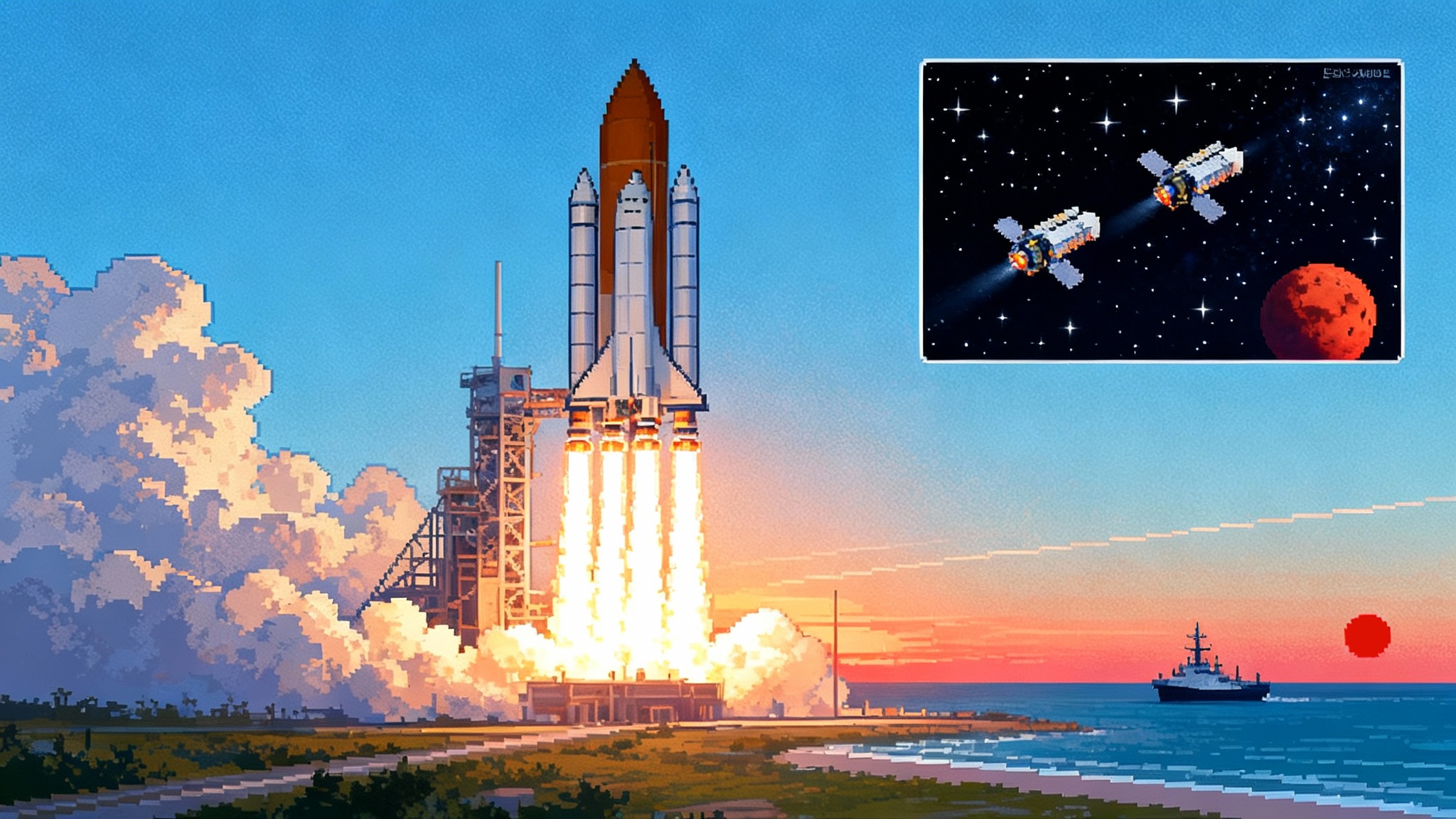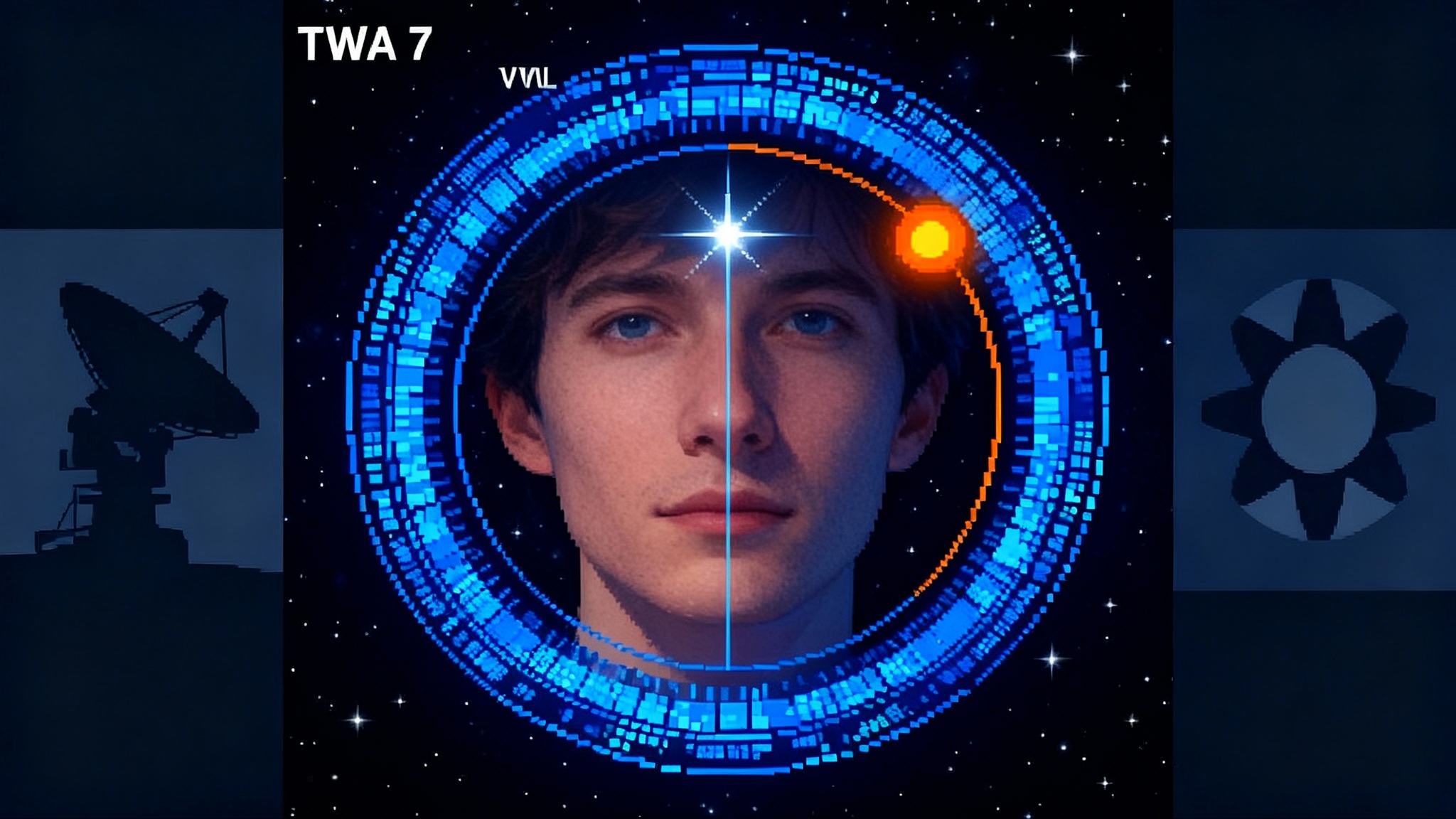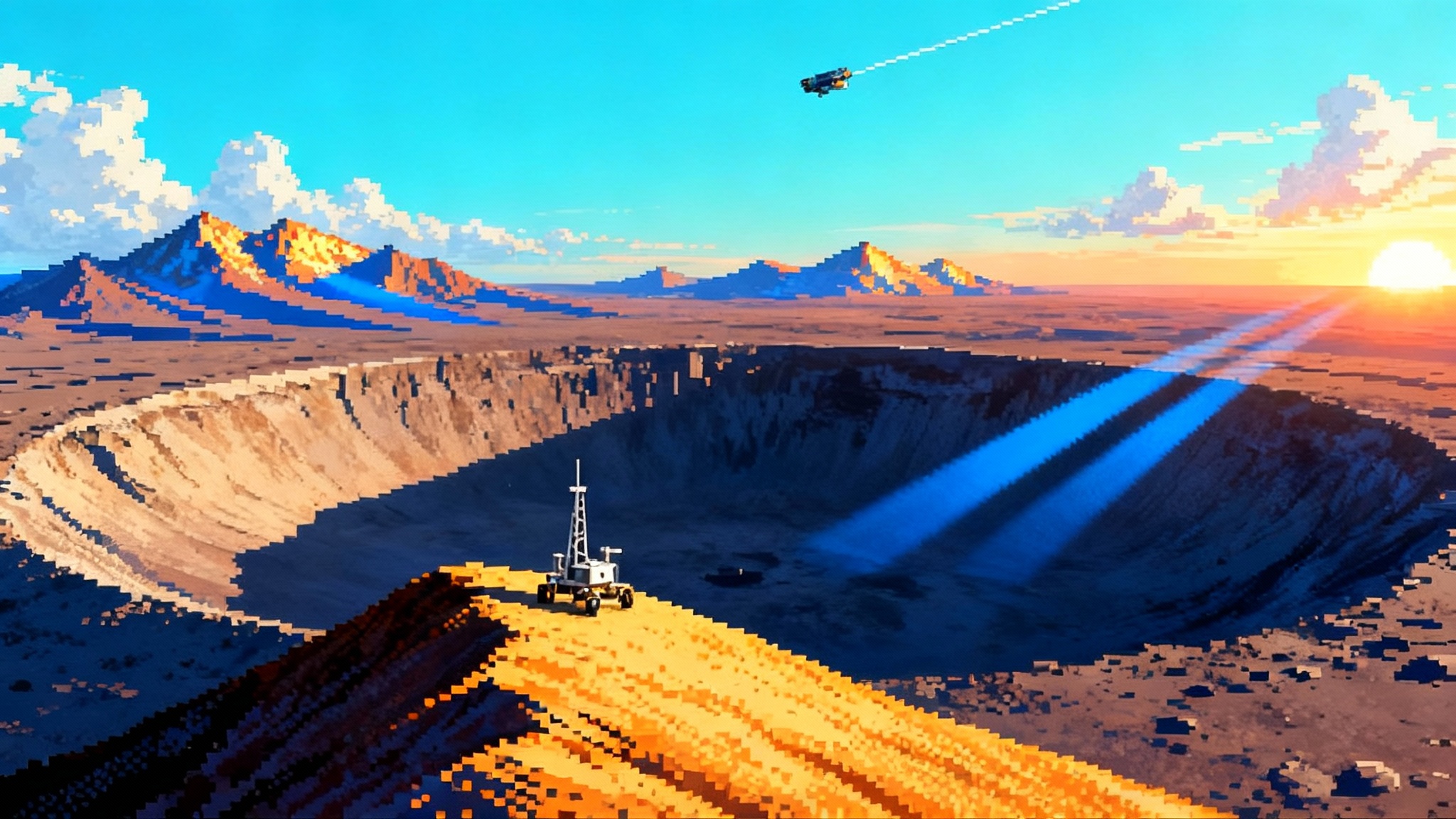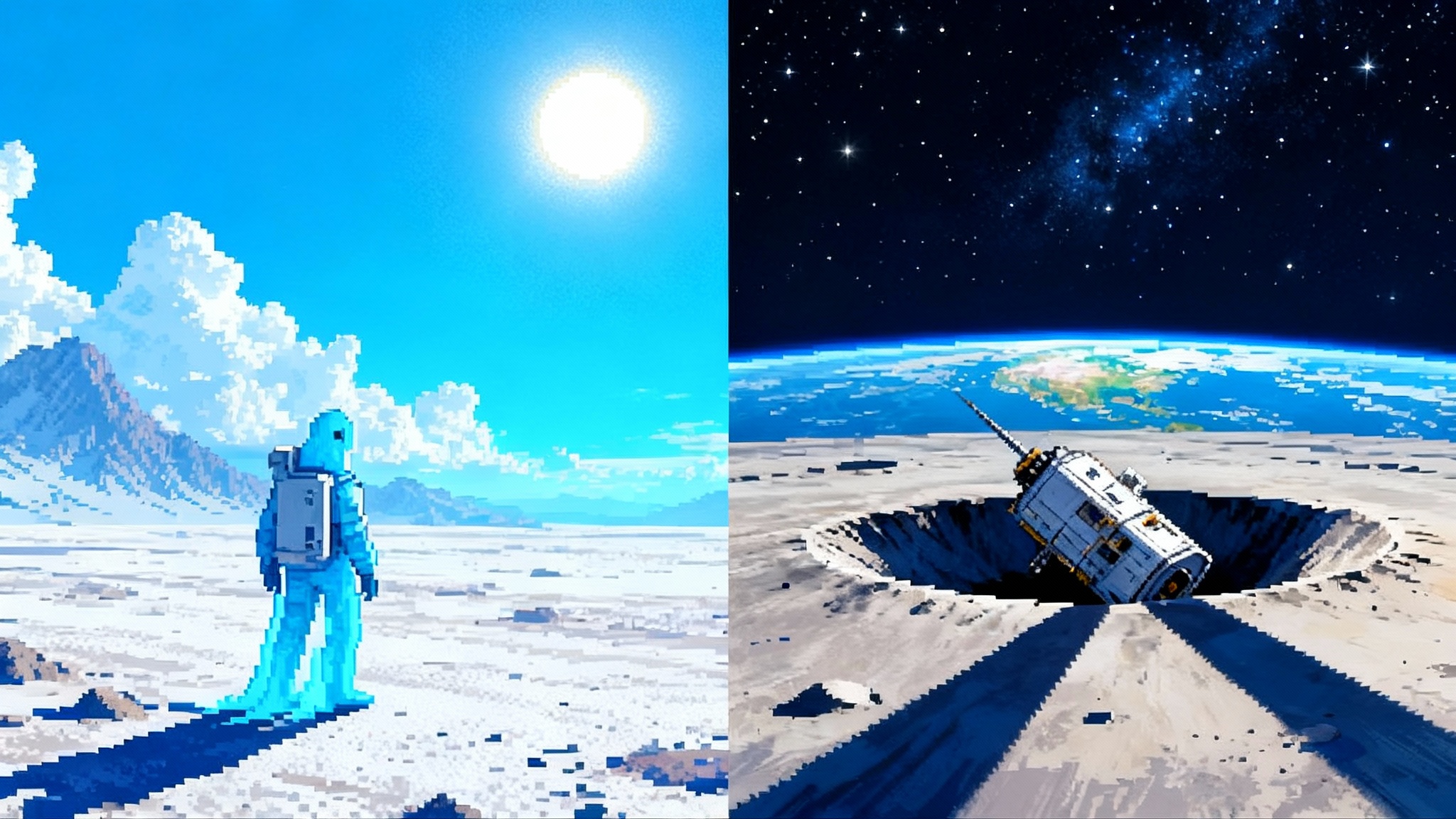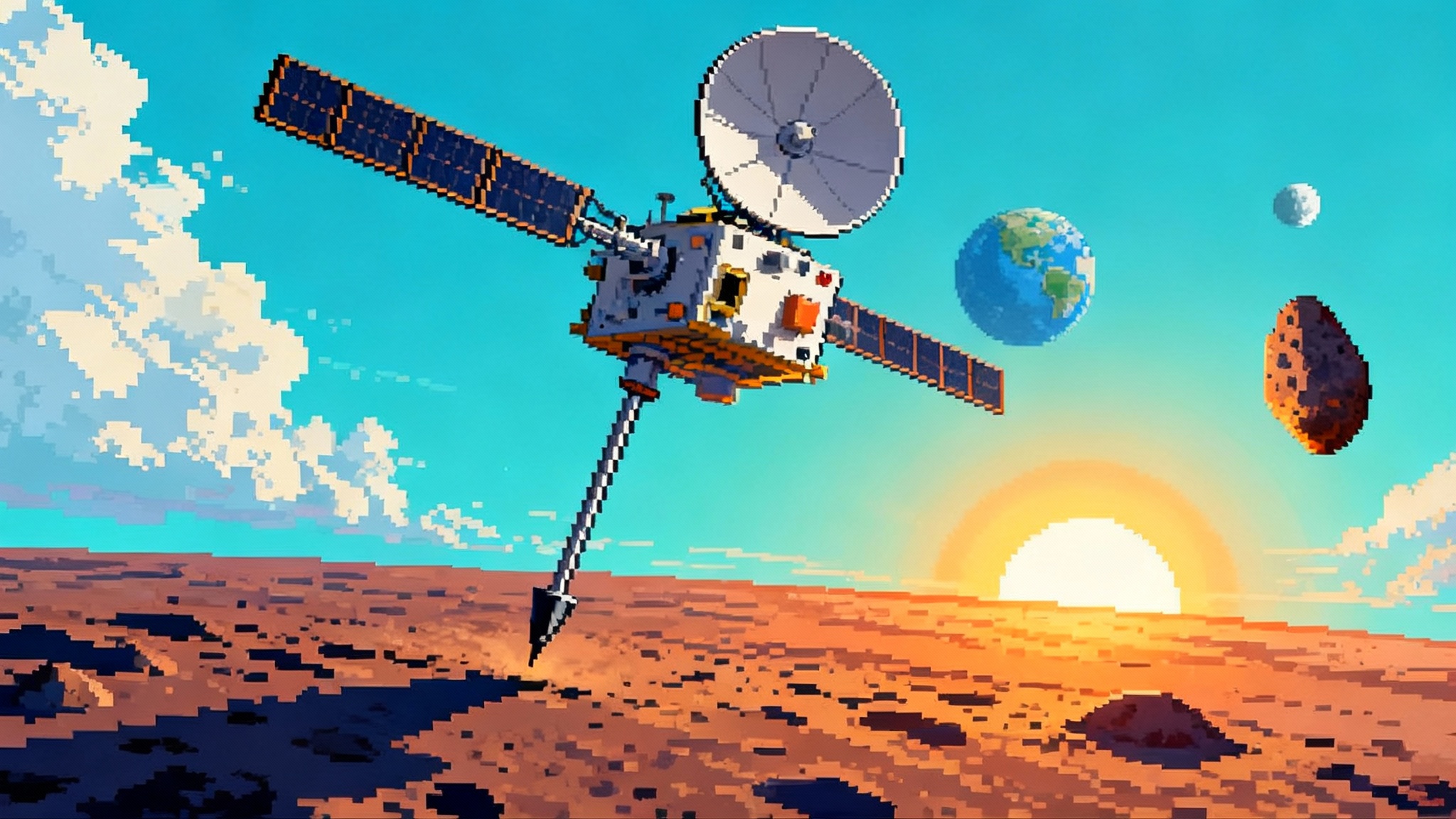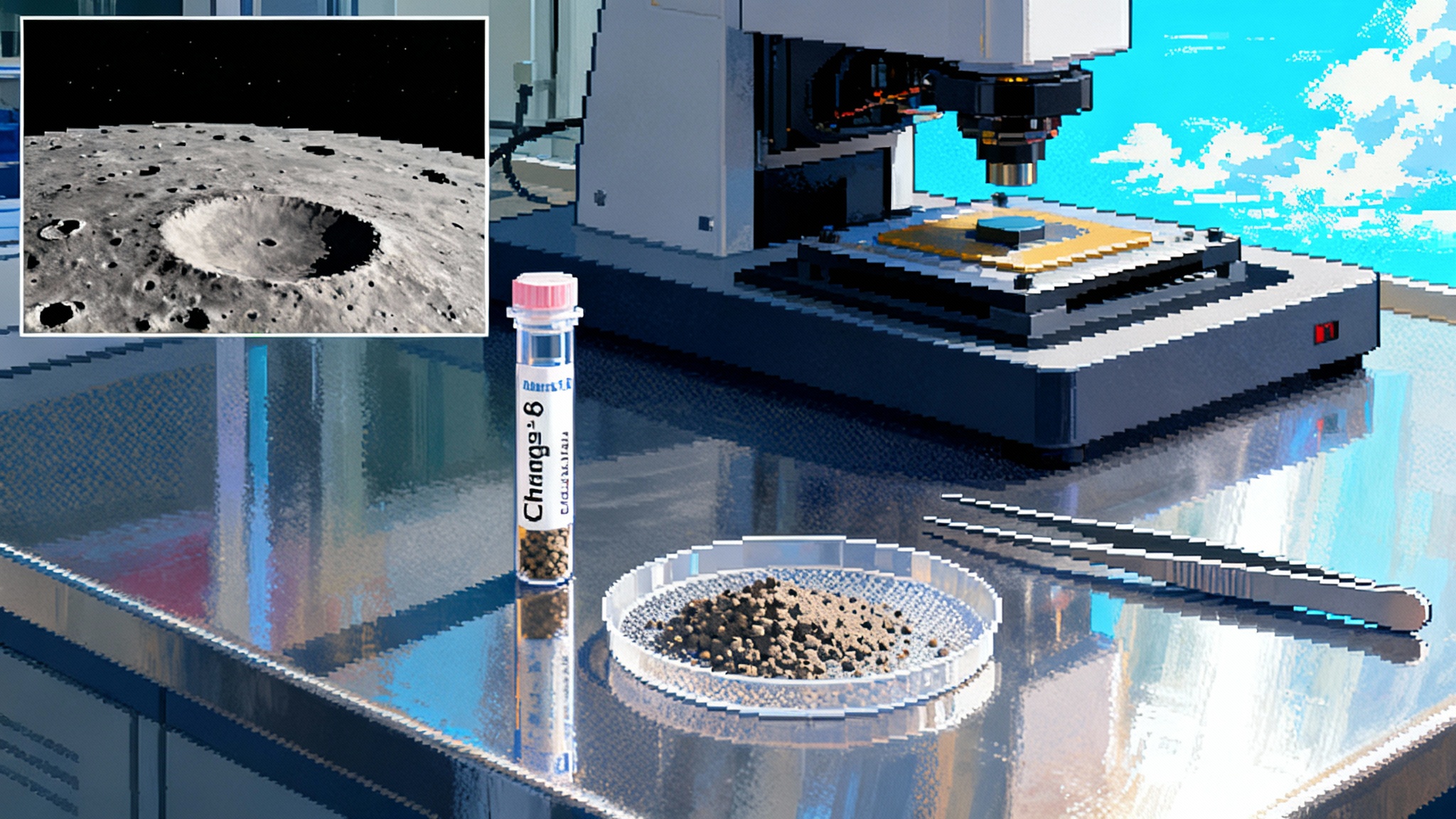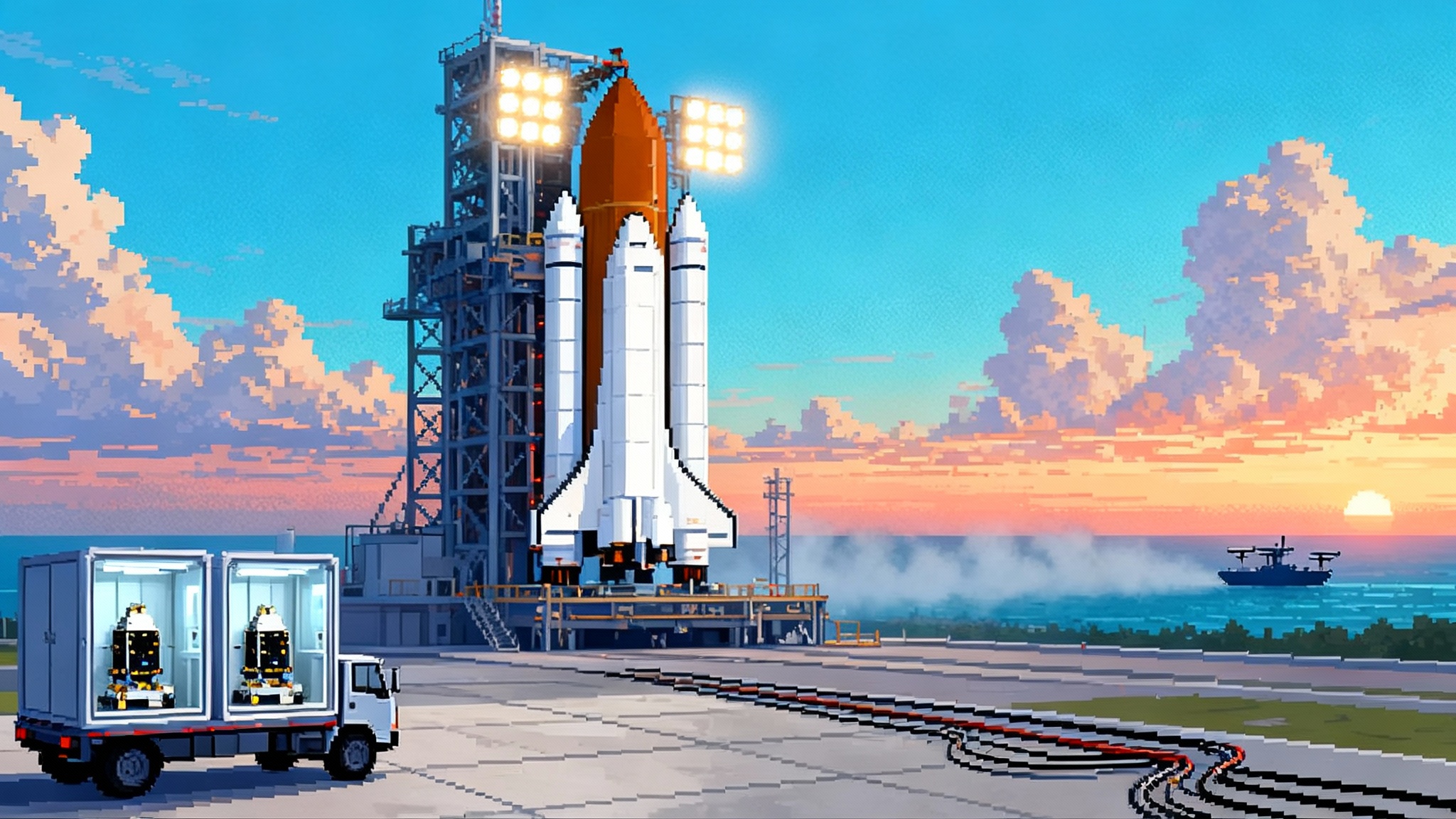Tianwen‑2 bets big on Kamoʻoalewa, a tiny quasi‑moon
China’s Tianwen-2 is chasing Earth’s tiny quasi-moon Kamoʻoalewa for a bold sample return, with a 2027 drop-off and a follow-on cruise to 311P. The payoff spans lunar history and real-world planetary defense.
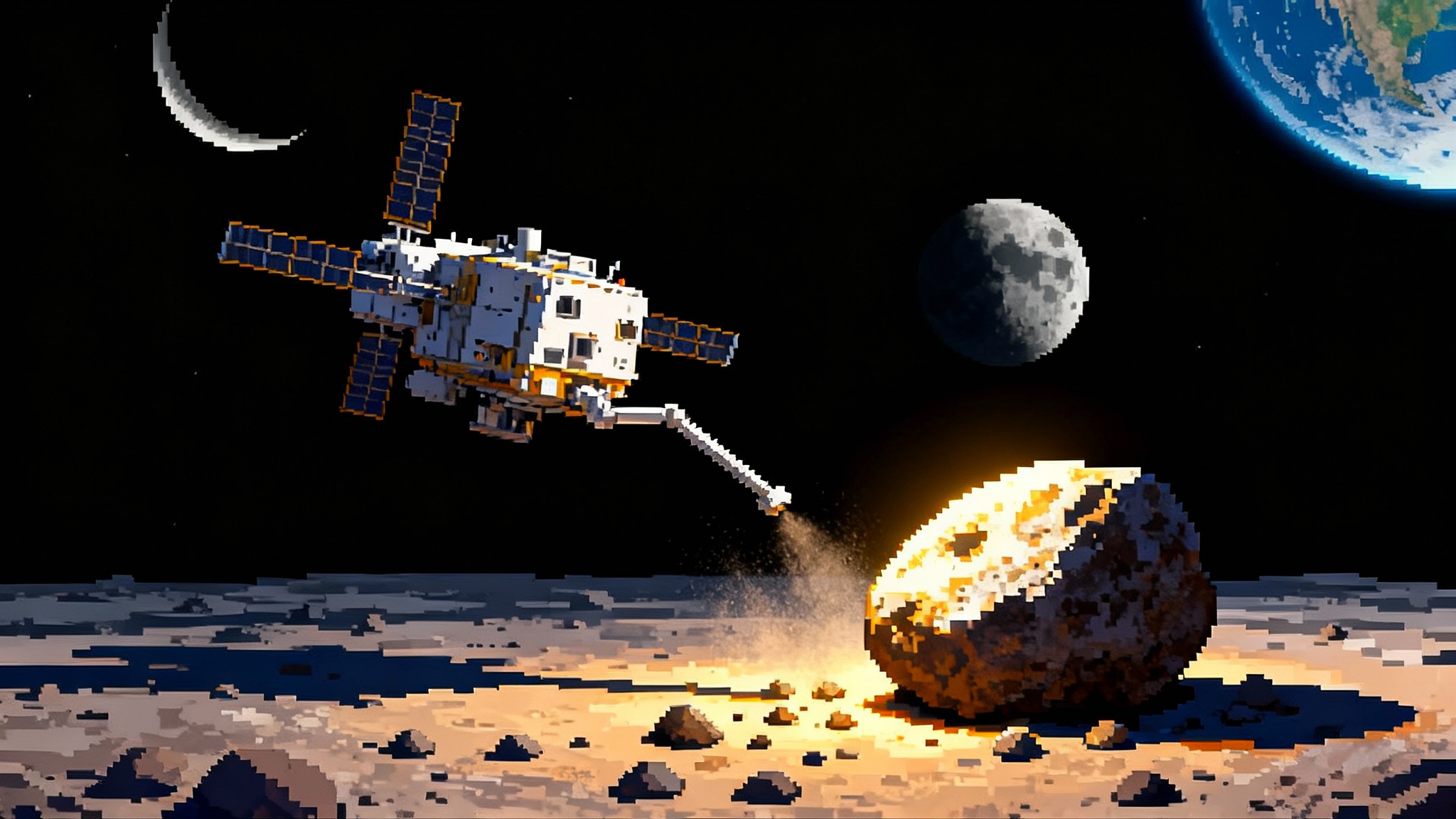
A pebble with outsized stakes
China launched Tianwen-2 in May 2025 on a trajectory to the quasi-moon Kamoʻoalewa (2016 HO3), a near-Earth object that loops in step with our planet. If all goes to plan, the spacecraft will rendezvous in 2026, sample twice, deliver the cache to Earth in 2027, and continue toward active asteroid 311P/PANSTARRS. For an overview of the spacecraft and its ambitions, see the Tianwen-2 mission profile and a primer on the quasi-moon Kamoʻoalewa (2016 HO3).
What is a quasi-moon, really
A quasi-moon is not bound to Earth the way our large Moon is. It orbits the Sun while staying in a 1 to 1 resonance with Earth, tracing a slow bean-shaped loop relative to us. This arrangement can persist for centuries, making Kamoʻoalewa nearby in fuel terms and scientifically tempting. Its small size, likely 40 to 100 meters across, means any returned grains will reflect local processes with minimal mixing.
Why Kamoʻoalewa could be lunar ejecta
Some observations suggest Kamoʻoalewa’s reflectance resembles lunar material. If it is lunar ejecta, Tianwen-2 could return a time capsule from ancient regolith without the dust and thermal extremes of a lunar landing. Such samples would complement far side discoveries like our look at Chang’e 6 far side samples and broaden the reference frame for lunar impact history.
There is another possibility. Kamoʻoalewa could be a silicate-rich asteroid fragment whose spectrum looks lunar because of space weathering and grain size effects. Either outcome is valuable, and the sample will decide.
Two ways to grab a handful of world
Tianwen-2 will try a dual-mode strategy on a body no bigger than a football field. The philosophy is simple: when you only get one shot, design two.
- Touch and go: A brief surface kiss, just seconds long, using a head that ingests loose regolith by gas-driven entrainment or mechanical scooping. This limits time near a possibly fast-spinning, pebble-shedding body and reduces plume risks.
- Anchor and attach: A boom or footpad presses in while microspines, harpoon tips, or a screw mechanism bite long enough to collect grains from centimeters below the surface. This targets less weathered material and yields force data that double as science.
Running both modes raises success odds and produces a paired dataset that links surface texture to mechanical strength.
How you fly up to a pebble
Operating near a tiny, irregular body is the hard part.
- Navigation in a gravity whisper: With no stable orbits, Tianwen-2 will rely on optical navigation, laser ranging, and fine thruster control to hold relative positions within kilometers or hundreds of meters. Small errors can cause slow drift, so onboard autonomy matters.
- Rotation and lighting: Short day lengths, sharp shadows, and complex shapes complicate guidance. Sampling windows will be timed for camera-friendly lighting and safe approach vectors.
- Plume discipline: Thrusters can loft dust that lingers and becomes a hazard. Expect minimal close-in firings and careful reaction wheel use during the final meters.
What the samples could say about the Moon
If Kamoʻoalewa is lunar in origin, the return could address several open questions:
- Impact ages and late heavy debate: Dating shocked minerals and melt fragments could refine the timing of major impacts and test whether specific epochs favored lofting debris into Earth-like orbits.
- Space weathering in free flight: Grains processed in heliocentric orbit experience different micrometeoroid and thermal regimes. Comparing textures and spectra to curated lunar soils will separate composition from exposure effects.
- Volatiles and the Sun’s fingerprint: Isotopes in implanted hydrogen and helium, if preserved, could trace long-term solar wind behavior and complement records from Apollo, Luna, and modern missions.
What if it is an asteroid after all
That is no consolation prize. If Kamoʻoalewa is asteroidal, Tianwen-2 lands in the middle of key small-body debates:
- Mechanical strength and cohesion: Force-versus-penetration profiles will show whether grains are loosely bound or cemented, informing models of spin-up, shedding, and impactor response.
- Regolith gardening: Grain shapes and boulder statistics reveal churn rates, which feed hazard assessments for other near-Earth asteroids.
- Spectra to hand samples: Ground truth links lab spectra and chemistry to telescopic observations, improving interpretations for thousands of unvisited NEOs.
The planetary defense dividend
The first rule of deflecting a rock is knowing what you are pushing on. Tianwen-2 will sharpen that rule with real operations data.
- Approach playbooks: Auto-nav, proximity ops, and low-thrust discipline at a tiny body map directly onto reconnaissance and deflection missions, extending lessons from our 2025 FA22 case study.
- Contact physics you can trust: TAG and anchor interactions generate real force and torque data that calibrate regolith cohesion and bearing strength, shrinking uncertainty bars for impactor designs.
- Material properties that drive outcomes: Grain size, porosity, and volatile content control momentum transfer. If centimeter-scale pores dominate, models will update the momentum multiplication used in risk tools.
Key milestones to watch
- Late 2025: Cruise and instrument checkouts, plus trajectory corrections and payload calibrations.
- Early to mid 2026: Approach begins, with first resolved images, shape modeling, rotation state updates, and a preliminary gravity estimate.
- Through 2026: Proximity operations, surface mapping at multiple phase angles, and selection of sampling zones that balance science and safety.
- 2026: First sampling attempt, likely touch and go, with sample mass confirmed by onboard measurements.
- Late 2026 or early 2027: Anchor-assisted sampling after hazard models are tuned and rehearsals completed.
- 2027: Capsule release for Earth return during a flyby, followed by a deflection burn to set up the 311P/PANSTARRS leg.
Dates can shift as teams optimize fuel and lighting, but the flow is clear: rendezvous, map, sample twice, deliver, then head out again.
How this could rewrite lunar origins
The Moon’s story is dominated by impacts, but we lack a clean experiment on how ejected regolith ages in free space. If Kamoʻoalewa proves lunar, Tianwen-2 could deliver the first controlled comparison between surface soils and a heliocentric cousin, enriching context alongside Bennu sample results.
Why this moment matters
Tianwen-2 reflects a pivot to agile campaigns where one spacecraft tackles multiple small worlds. A quasi-moon rendezvous, dual sampling, an Earth drop-off in 2027, and a 311P flyby compress science, engineering, and security into a single arc. Even tens of grams can move debates when analyzed across modern labs primed by recent sample returns. Whether Kamoʻoalewa is lunar or asteroidal, the result will reshape how we see our Moon, our neighborhood, and our options.
